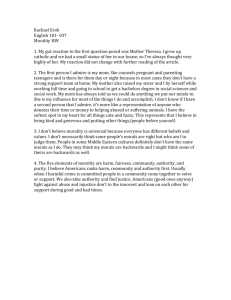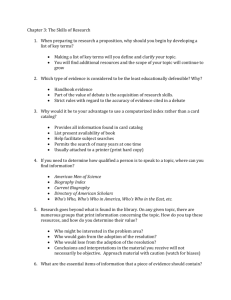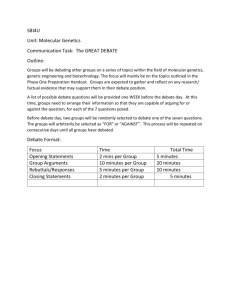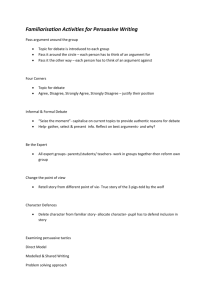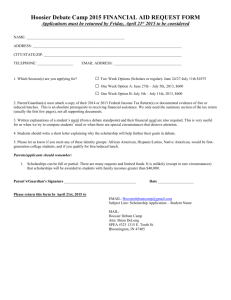The Morality Feud
advertisement
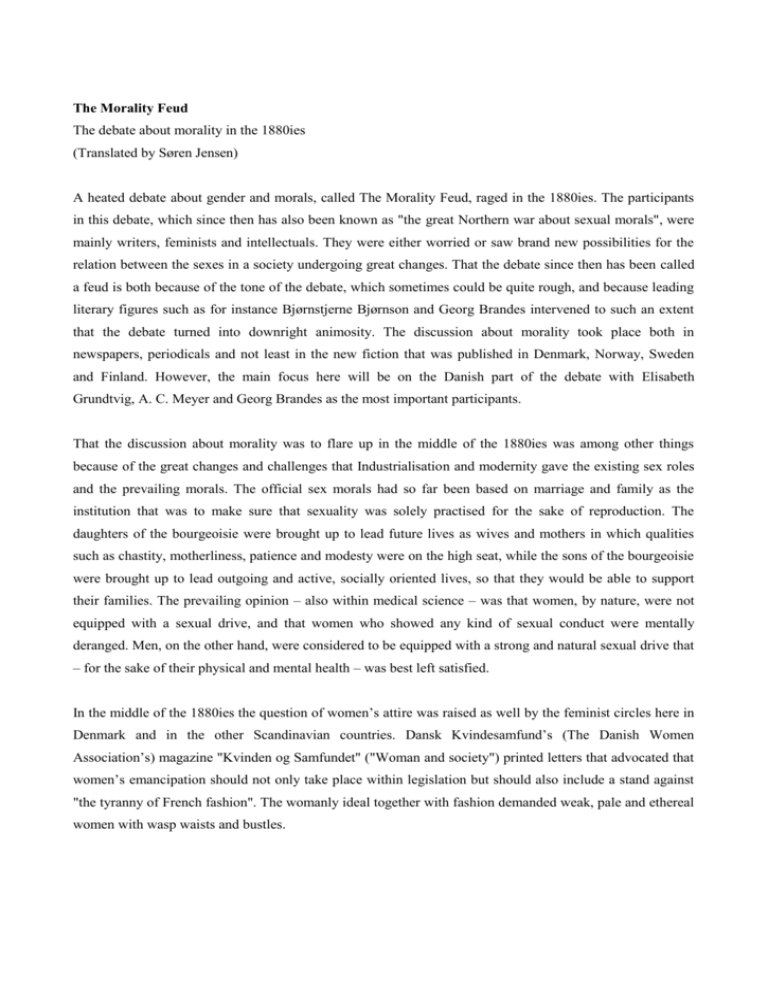
The Morality Feud The debate about morality in the 1880ies (Translated by Søren Jensen) A heated debate about gender and morals, called The Morality Feud, raged in the 1880ies. The participants in this debate, which since then has also been known as "the great Northern war about sexual morals", were mainly writers, feminists and intellectuals. They were either worried or saw brand new possibilities for the relation between the sexes in a society undergoing great changes. That the debate since then has been called a feud is both because of the tone of the debate, which sometimes could be quite rough, and because leading literary figures such as for instance Bjørnstjerne Bjørnson and Georg Brandes intervened to such an extent that the debate turned into downright animosity. The discussion about morality took place both in newspapers, periodicals and not least in the new fiction that was published in Denmark, Norway, Sweden and Finland. However, the main focus here will be on the Danish part of the debate with Elisabeth Grundtvig, A. C. Meyer and Georg Brandes as the most important participants. That the discussion about morality was to flare up in the middle of the 1880ies was among other things because of the great changes and challenges that Industrialisation and modernity gave the existing sex roles and the prevailing morals. The official sex morals had so far been based on marriage and family as the institution that was to make sure that sexuality was solely practised for the sake of reproduction. The daughters of the bourgeoisie were brought up to lead future lives as wives and mothers in which qualities such as chastity, motherliness, patience and modesty were on the high seat, while the sons of the bourgeoisie were brought up to lead outgoing and active, socially oriented lives, so that they would be able to support their families. The prevailing opinion – also within medical science – was that women, by nature, were not equipped with a sexual drive, and that women who showed any kind of sexual conduct were mentally deranged. Men, on the other hand, were considered to be equipped with a strong and natural sexual drive that – for the sake of their physical and mental health – was best left satisfied. In the middle of the 1880ies the question of women’s attire was raised as well by the feminist circles here in Denmark and in the other Scandinavian countries. Dansk Kvindesamfund’s (The Danish Women Association’s) magazine "Kvinden og Samfundet" ("Woman and society") printed letters that advocated that women’s emancipation should not only take place within legislation but should also include a stand against "the tyranny of French fashion". The womanly ideal together with fashion demanded weak, pale and ethereal women with wasp waists and bustles.
